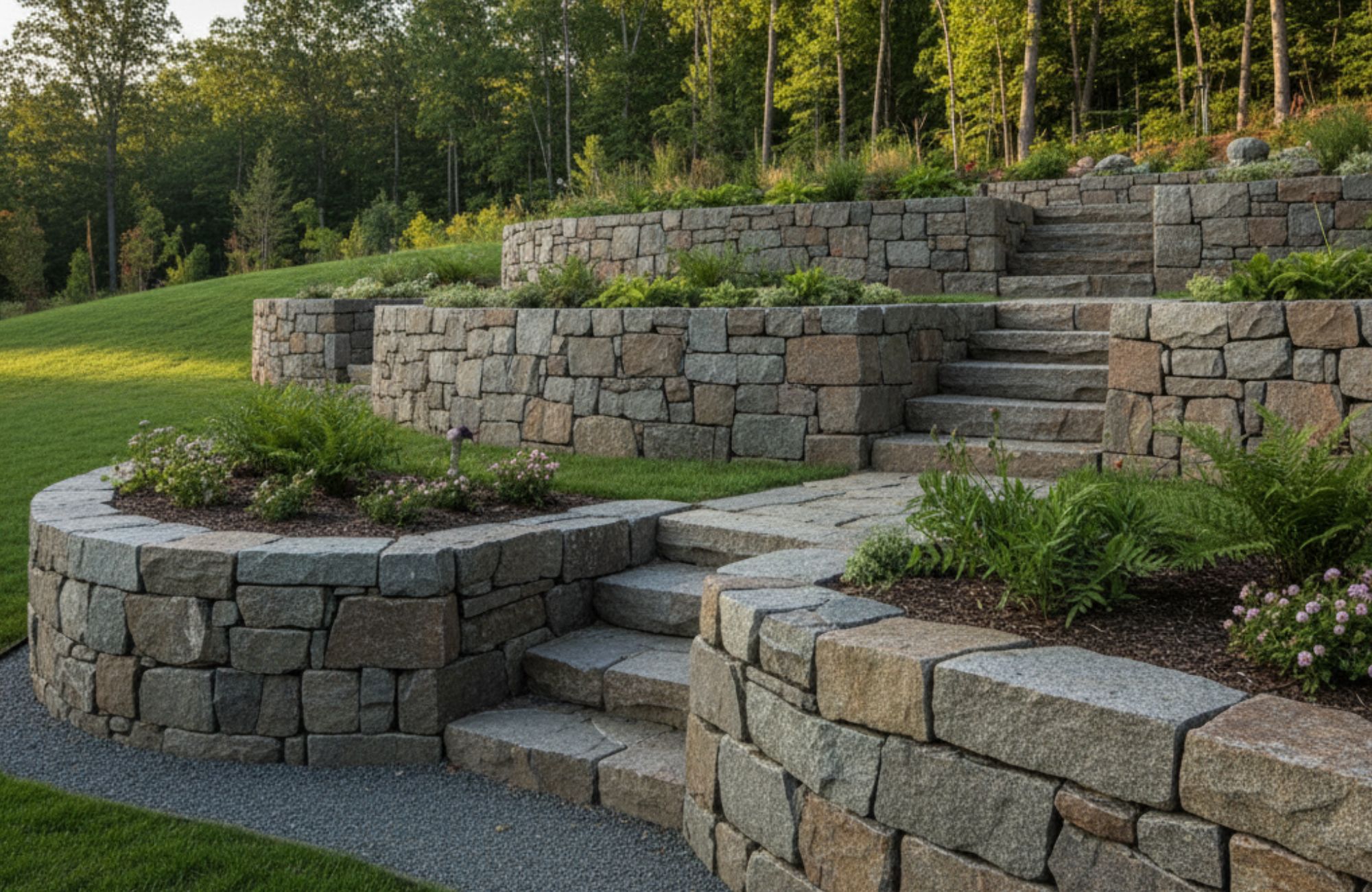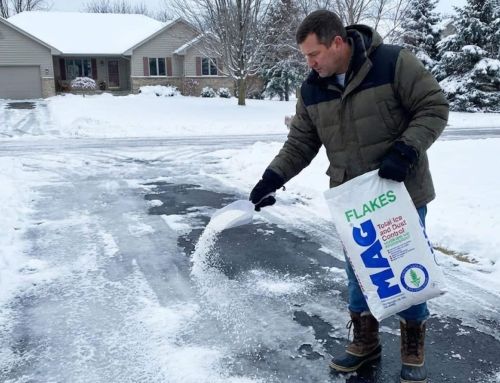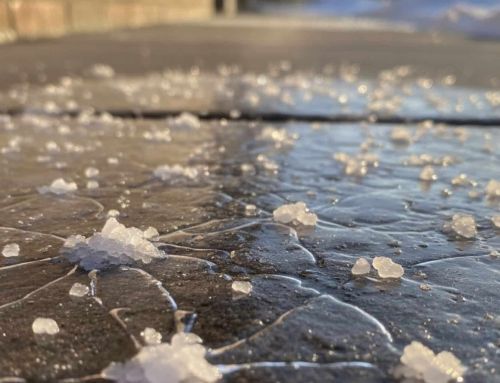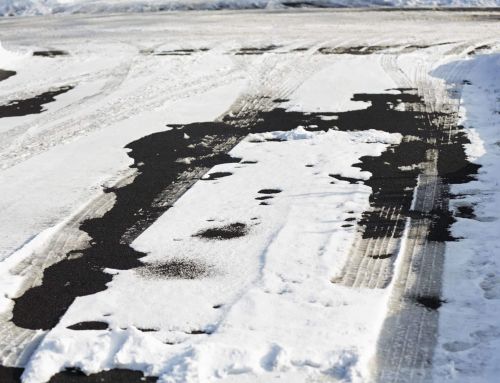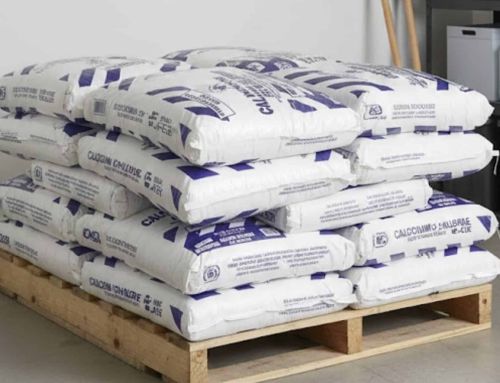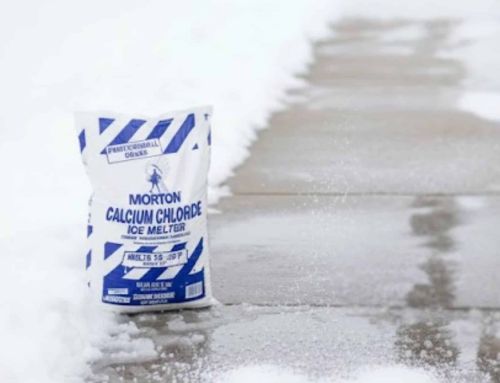A natural stone retaining wall offers both durability and beauty for your outdoor space, starting with a solid wall base. It prevents soil erosion while creating usable areas. Each wall uses authentic stones with unique textures and shapes. Homeowners value their natural look and timeless style. Contractors choose them for strength and reliability. These walls also fit seamlessly into New England landscapes.
Moreover, retaining walls enhance property value and improve outdoor architecture. They provide structure for patios, gardens, and sloped terrain. With proper drainage and soil management, walls remain stable for decades. Natural stones like granite, bluestone, and sandstone offer variety. Their textures and durability make them a trusted landscaping material. At Old Station Outdoor & Landscape Supply, homeowners and contractors can access premium stone products and expert guidance. When built correctly, these walls withstand weather and soil pressure.
What Is a Natural Stone Retaining Wall?
A natural stone retaining wall is more than just a barrier. It holds back soil on sloped terrain while creating usable outdoor space, requiring a solid foundation. These walls prevent soil erosion, improve drainage, and add architectural beauty to gardens, patios, and backyards. In Massachusetts, Rhode Island, and Connecticut, where slopes and seasonal changes are common, stone walls provide both strength and charm.
Unlike wood timbers or concrete blocks, natural stone walls use earth-quarried granite, bluestone, or fieldstone. Each stone shows unique textures, shapes, and colors that reflect the natural environment. The result is a timeless wall that blends into any landscape, especially when considering the thickness of the stones. Whether built as a dry-stack retaining wall without mortar or reinforced with mortar, natural stone remains both durable and aesthetically pleasing.
Benefits of Choosing Natural Stone
When deciding how to create a retaining wall, materials matter. A helpful tip is to choose stones wisely. Natural stone offers several advantages over manufactured options:
- Aesthetic Value: Every piece of natural stone has distinct textures, colors, and shapes. No two walls ever look the same, giving each project a unique character. From rustic fieldstone to sleek bluestone, the variations bring unmatched beauty to any outdoor space.
- Durability and Strength: Granite, bluestone, and other natural stones are known for their durability. Properly constructed walls can last decades with minimal maintenance. Unlike wood, which decays, or concrete blocks, which may crack over time, stone walls withstand seasonal freeze-thaw cycles and heavy loads.
- Environmental Fit: Natural stone complements the surrounding environment. In New England, where granite outcroppings and stone walls are part of the local architecture, a natural stone retaining wall looks authentic and appropriate.
- Property Value: Hardscaping improvements consistently add value to a home. A professionally built stone wall not only improves functionality but also enhances curb appeal and resale potential.
Types of Natural Stone for Retaining Walls
Different types of natural stone bring their own strengths and styles. Choosing the right one depends on budget, design goals, and site conditions. At Old Station Outdoor & Landscape Supply, you can explore a wide range of stone options with expert guidance.
Granite
Granite is one of the most durable options, making it ideal for retaining walls in New England, particularly when mixed with sand for stability. It is resistant to frost, water absorption, and heavy loads, which makes it perfect for supporting soil on sloped terrain. Its speckled appearance and range of gray tones create a polished look that suits both rustic and modern projects. Granite also requires little maintenance and can last for decades, even in areas with harsh freeze-thaw cycles. Because of its strength, granite is often chosen for large structural walls that need long-term stability.
Bluestone
Bluestone is popular for patios and walkways, but it also performs well as wall stone. Its deep blue-gray color provides elegance, while its smooth texture makes it easy to cut and fit with precision. Bluestone is dense, durable, and well-suited for both structural and decorative retaining walls. Many homeowners prefer bluestone for garden walls, steps, and caps because of its consistent color and refined finish, allowing it to rest beautifully in any landscape. In addition, it holds up well under heavy loads and resists weathering, making it a versatile choice for landscaping.
Fieldstone
Fieldstone offers a rustic, natural appearance with irregular shapes and varied colors. It works best for dry-stack retaining walls, where stones are carefully fitted together without mortar. This style creates a traditional New England look that feels authentic, historic, and timeless, often complemented by surrounding grass. Because fieldstone is often sourced locally, it blends seamlessly with the surrounding landscape and architecture. Although fieldstone walls may require more skill to build, they provide unmatched charm and a handcrafted aesthetic that appeals to many homeowners.
Limestone and Sandstone
Limestone and sandstone are softer than granite and bluestone, but they are cost-effective and easier to shape into uniform sizes. They may require sealing for durability, especially in climates with frequent freeze-thaw cycles that can cause cracking, though some may prefer a cement mix for added stability. Their lighter colors add warmth and brightness to a yard, making them popular for decorative retaining walls and garden features. Limestone often has a smoother texture and consistent color, while sandstone provides more variety in shades of tan, red, and brown. Both stones are widely available and affordable, serving as a good choice for projects where budget and aesthetics matter.
Cost of a Natural Stone Retaining Wall
Building a natural stone retaining wall requires thoughtful budgeting. Costs vary based on materials, wall height, and installation method, especially when considering the ground conditions. On average, installed walls range from $25–$75 per square foot. Granite usually falls at the higher end, while sandstone and limestone offer more affordable options for homeowners. However, it is still best to consult a local provider like Old Station Outdoor & Landscape Supply for accurate estimates tailored to your project.
Several factors affect the overall cost. Stone type impacts durability and pricing, with granite and bluestone offering long-lasting performance. Wall height influences complexity, since taller walls often need geogrid and proper drainage systems. Labor also matters, as professional installation ensures stability and compliance with building codes. Finally, site conditions such as excavation needs, soil type, and slope can increase expenses, so it’s wise to contact a local provider for advice .
Sample Cost Breakdown
| Component | Estimated Cost (per sq. ft.) |
|---|---|
| Materials (stone) | $10 – $35 |
| Labor/installation | $15 – $35 |
| Drainage & backfill | $5 – $10 |
| Reinforcement (geogrid) | $5 – $15 |
How to Build a Natural Stone Retaining Wall (Step-by-Step)
Building a retaining wall is a process that combines excavation, drainage, and careful stone placement. Here’s a simplified step-by-step approach to start building a natural stone retaining wall :
- Step 1 – Plan and Check Local Codes: Before you start digging, check with your city or town for permits. In Massachusetts, for example, walls over 4 feet often require engineering approval. Planning ensures safety and compliance.
- Step 2 – Excavate and Prepare the Base: Dig a trench at the base of your slope, about twice as wide as the wall stones and deep enough to fit the base course plus gravel. The base layer is critical for stability. Add pea-sized gravel or compacted crushed stone to create a solid foundation.
- Step 3 – Install Drainage: Proper drainage prevents soil erosion and wall failure. Place a perforated pipe behind the first course of stones, and backfill with gravel. For walls taller than 4 feet, consider adding geogrid reinforcement between layers.
- Step 4 – Lay the Stones: Start with the thickest and flattest stones for the first course. Set them level and tight, staggering joints for stability. Continue building upward, laying each stone carefully. Use smaller stones or gravel to fill gaps.
- Step 5 – Backfill as You Build: After each course, backfill with gravel and compact the soil layer. This helps lock the wall into the slope and prevents movement over time.
- Step 6 – Finish with a Wall Cap: Capstones provide a smooth, finished look while adding weight to keep the top course secure. Popular options include flat granite or bluestone caps.
Maintenance and Longevity
One of the best features of natural stone is its long lifespan. With proper construction and care, these walls last 50–100 years. To maximize durability, it is important to follow consistent maintenance practices that protect both structure and appearance over time. Regular upkeep ensures stability and helps prevent costly repairs, which is sufficient to maintain the wall’s integrity.
Cleaning with a hose or power washer removes dirt, moss, or algae, but harsh chemicals should be avoided. Applying a breathable stone sealer every 3–5 years reduces water absorption. Resetting shifted stones quickly prevents gaps from frost or soil movement. Finally, check drainage regularly to ensure gravel layers and pipes stay clear, reducing hydrostatic pressure and maintaining wall integrity, while also considering a trench for proper water management.
Conclusion
A natural stone retaining wall combines strength, beauty, and long-term functionality. It prevents soil erosion, enhances outdoor space, and adds timeless style, making it perfect for any backyard. This investment improves both landscape performance and property value. With the right materials and techniques, these walls provide reliable stability and lasting results for any project.
At Old Station Outdoor & Landscape Supply, we offer premium stone, custom fabrication, and expert guidance for every project. Our contractor referral program and reliable delivery across Massachusetts, Rhode Island, and Connecticut ensure success from start to finish. Contact us today to discuss your retaining wall needs and start planning with confidence.
FAQs
What kind of stone is used for retaining walls?
The kind of stone used for retaining walls includes granite, bluestone, fieldstone, limestone, and sandstone. Each stone offers unique durability, texture, and color. The kind of stone used for retaining walls depends on budget, design goals, and site conditions, particularly for landscaping purposes.
What is the best type of retaining wall?
The best type of retaining wall depends on purpose, soil conditions, and wall height; one step at a time, you’ll find the right solution. Many consider natural stone the best type of retaining wall for durability. The best type of retaining wall combines strength, drainage, and aesthetics for long-term stability.
What is the cheapest and strongest retaining wall?
The cheapest and strongest retaining wall often uses concrete blocks with proper drainage. However, natural stone can be both strong and lasting. The cheapest and strongest retaining wall choice varies by region, availability, and construction method.
What is the cheapest natural stone?
The cheapest natural stone is usually limestone or sandstone. The cheapest natural stone works for decorative or small retaining walls. However, the cheapest natural stone may require sealing and more maintenance than granite or bluestone.

